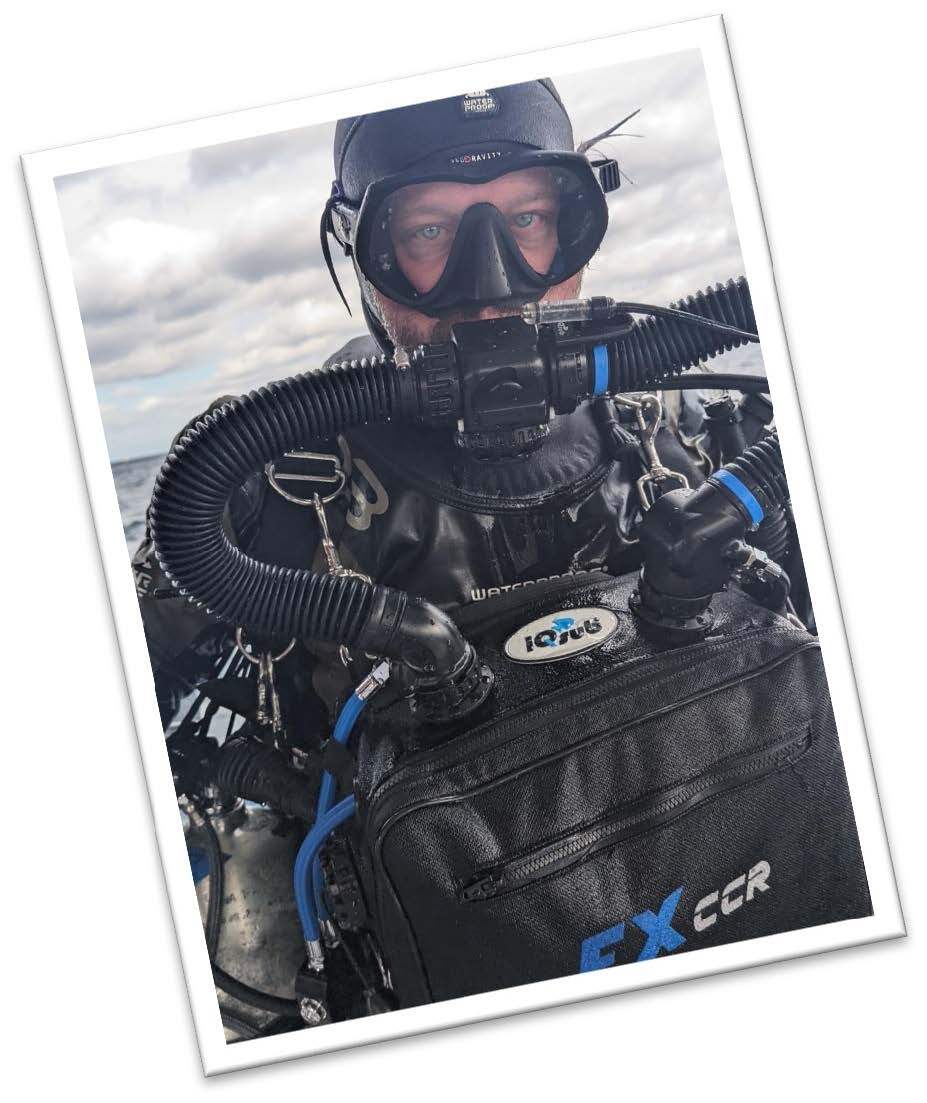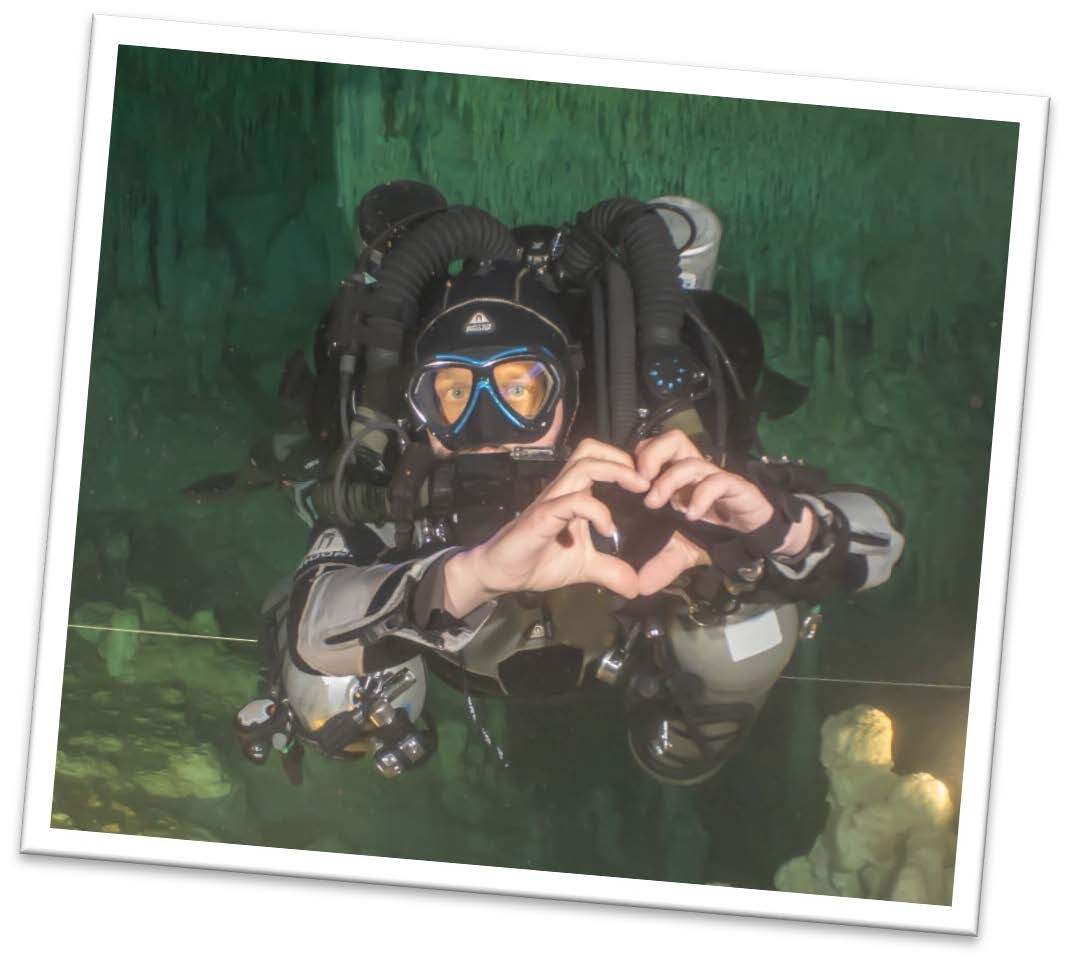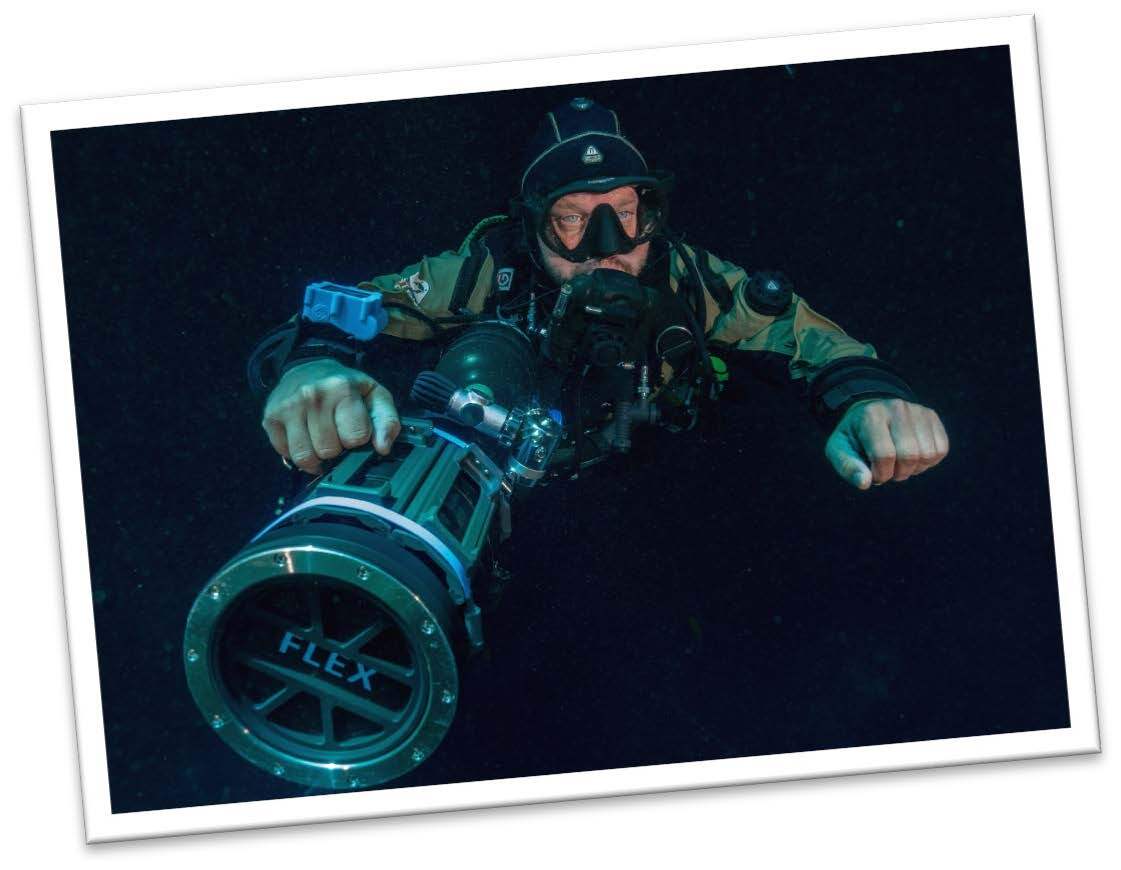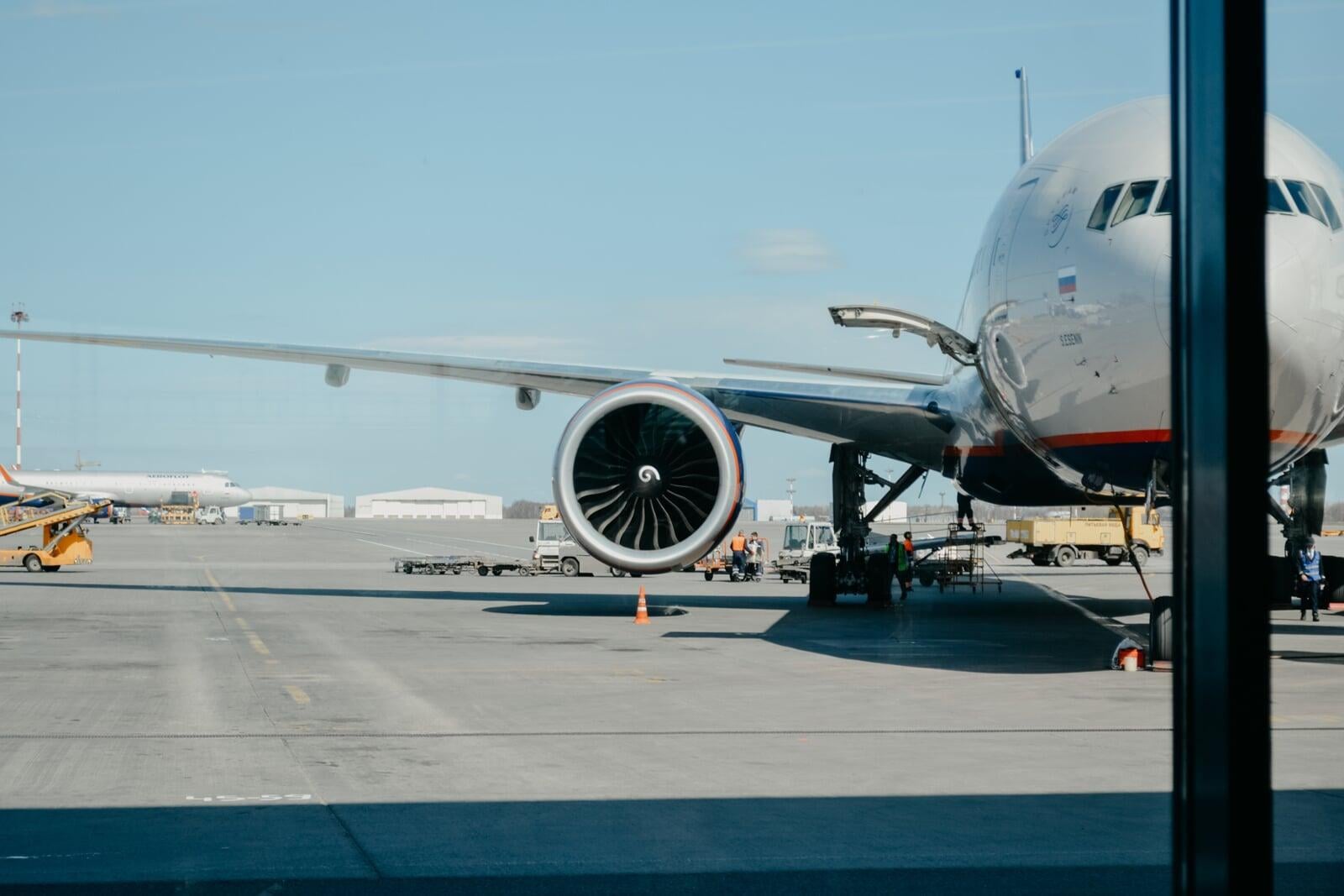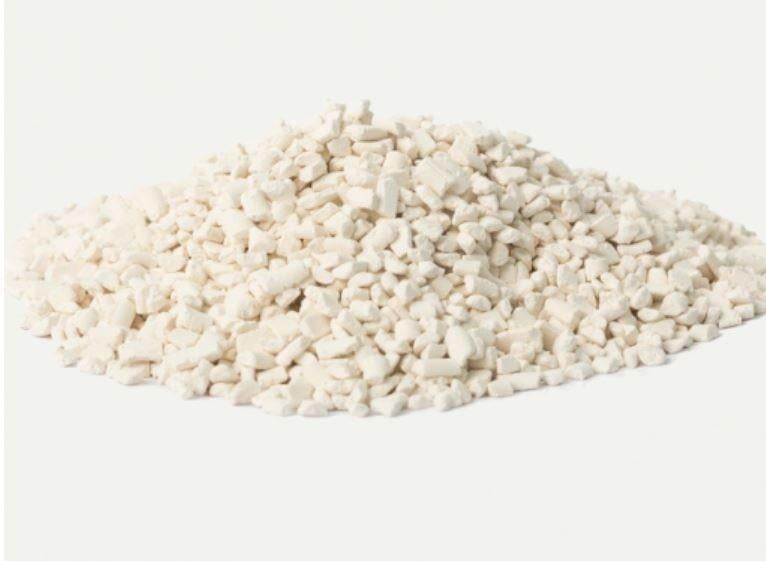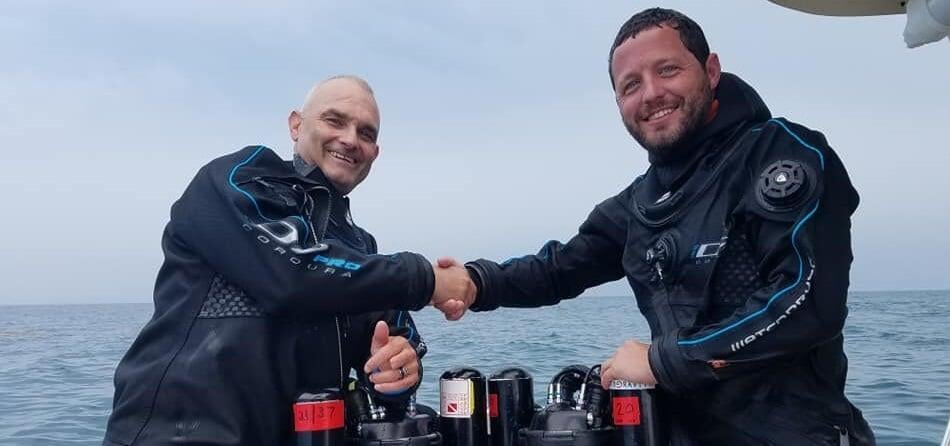Why dive a rebreather?

Silence
Enjoy the peace and absence of sound without constant bubbles scaring things away and ruining the mood of the fishes.

Warm humid breathing gas
No more dry mouth during and after the dive, stay better hydrated(especially on longer dives).

No time stress
No matter how long your planned dive, being able to stay for hours eliminates that stress created by breathing off a limited supply.
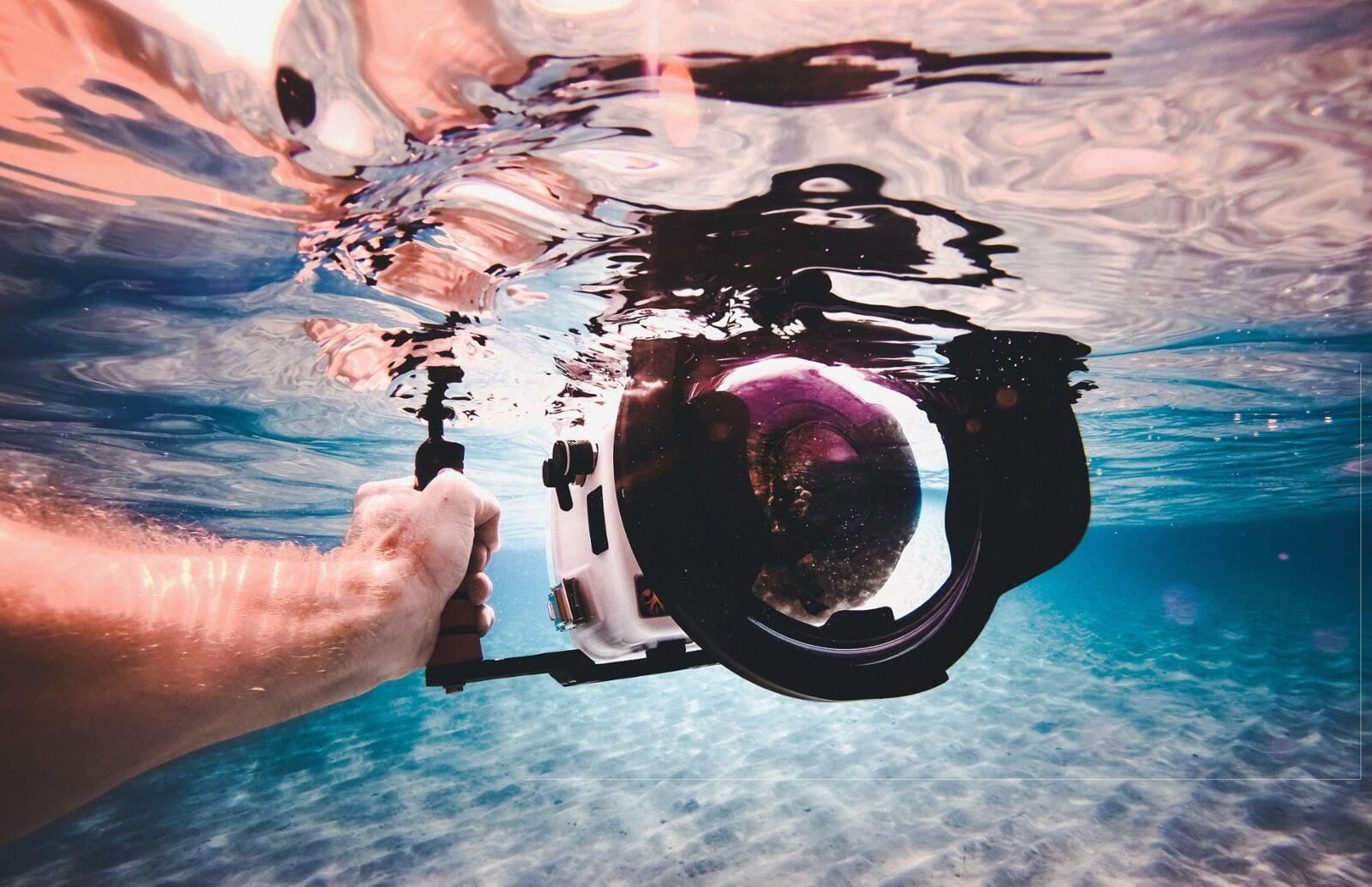
Don't scare the fish away
The subject of your photos hate open circuit, make the switch and they will be nicer to you! Reduce backscatter and get closer to marine life... they will forget you are there.
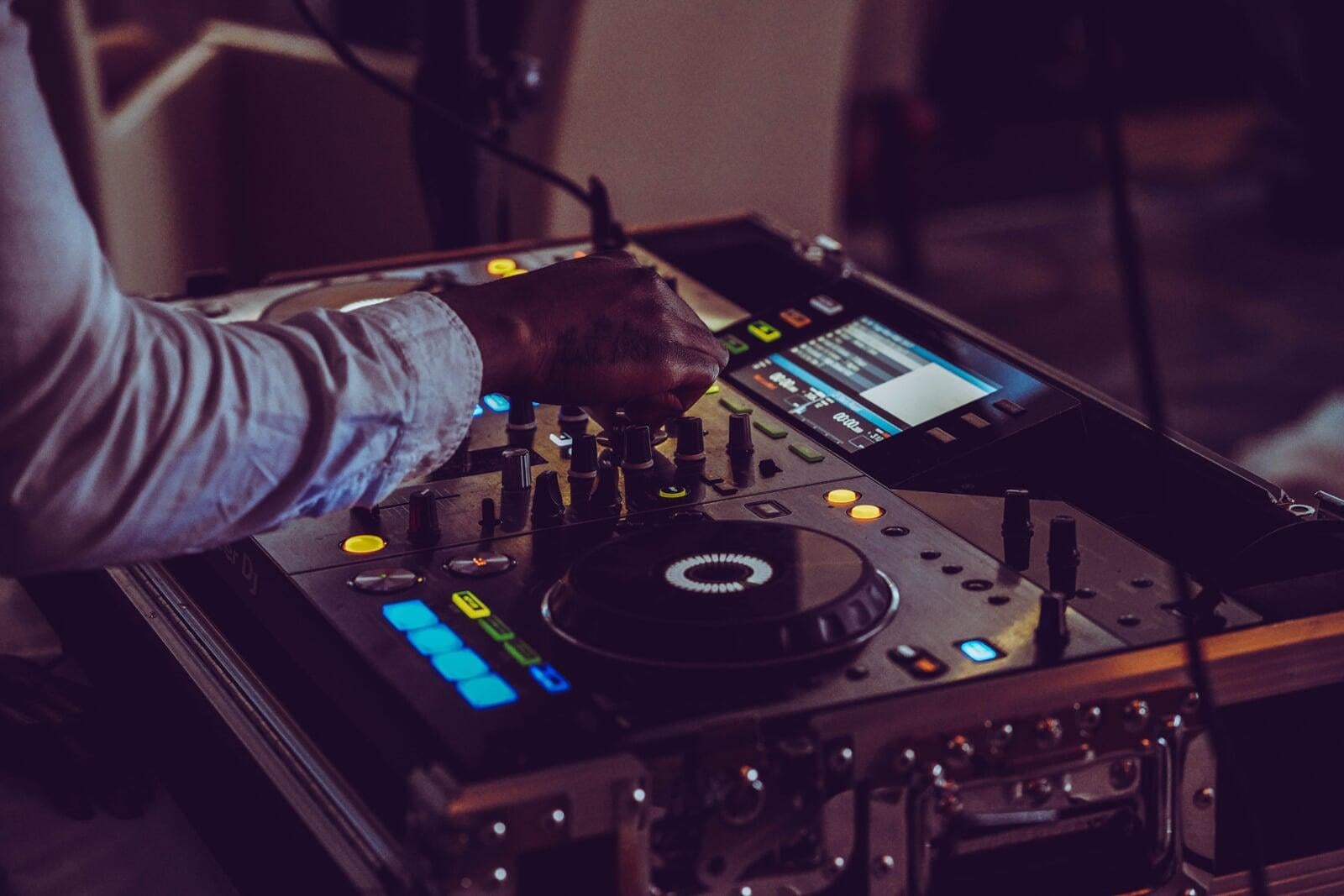
Best Gas Mix
Having both oxygen and a gas that you can breathe at your deepest planned depth, the unit electronically or you manually control the content for the best mix at that depth.
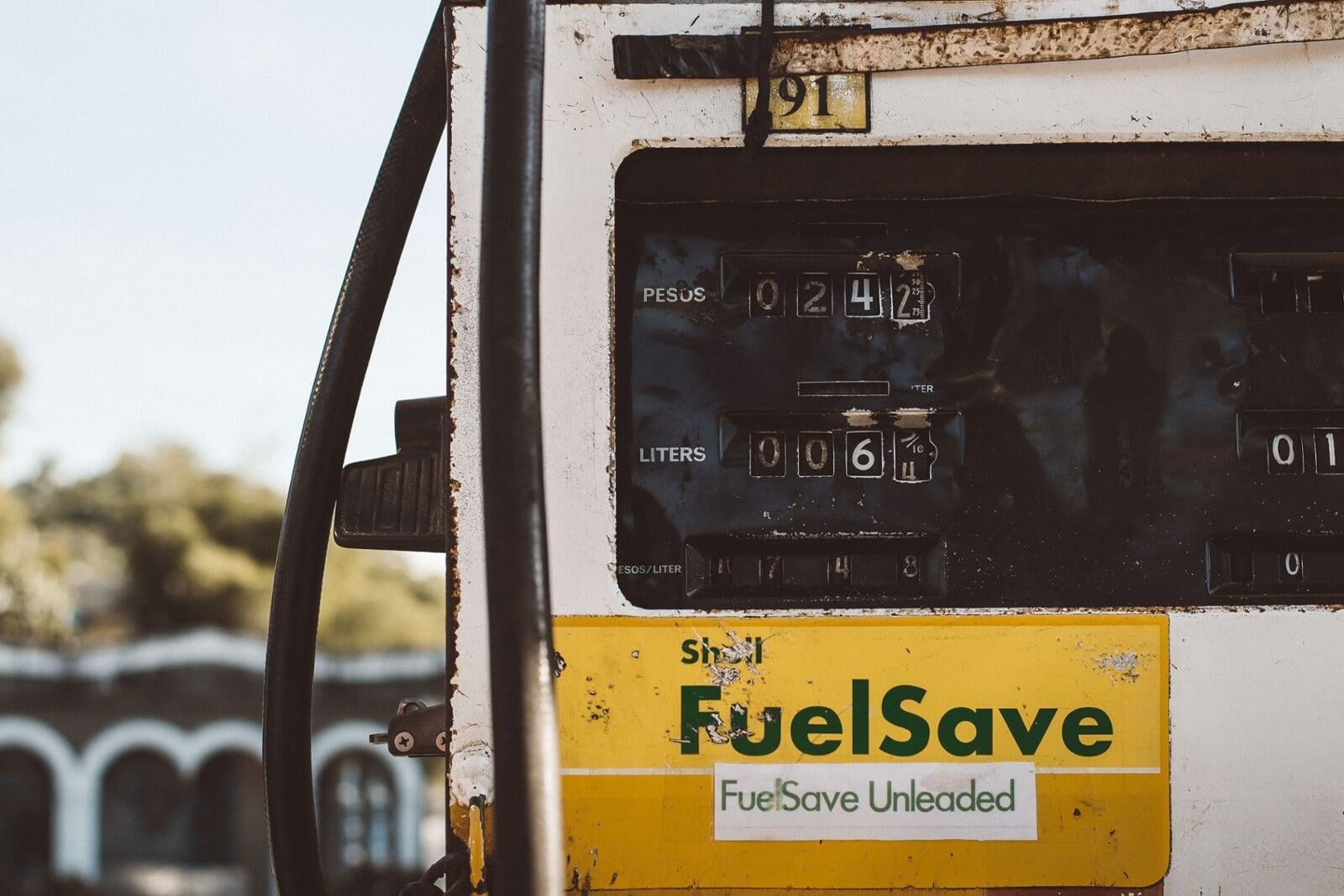
Economics
Tiny cylinders equal tiny gas bills. Hours of diving cost you just a few bucks(oxygen and absorbant). Deeper dives with Helium are insanely less. More bottom time? Lots!
How rebreathers work

Removes CO2
Yuck! The main canister houses the absorbant material which chemically reacts and removes your exhaled CO2 from the loop. This also creates heat which makes inhaling so much more comfortable.

Adds Oxygen
Yum! Those tiny cylinders hold hours of gas, since you only need to inject what your body consumes, there is no wasted gas at exhalation. Your body consumes the same amount of oxygen at any given depth, so you don't use more gas the deeper you go. Its sorta magic.
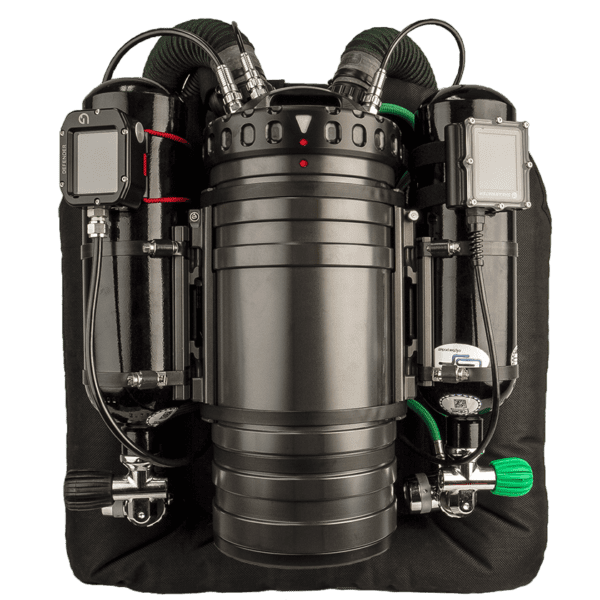

Maintain constant ppO2
No matter what depth you are at, the partial pressure of oxygen can remain the same. Either manually adjusting this or the unit does it electronically to optimize on gassing of nitrogen and limiting your exposure to all gasses, which optimizes decompression.

Monitor Oxygen
Triple redundancy in sensors ensures that you know what you are breathing at all times.
Which Form Factor is right for you?
Depending on your dive goals, the placement of the rebreather parts can make your dives easier, safer and more fun.
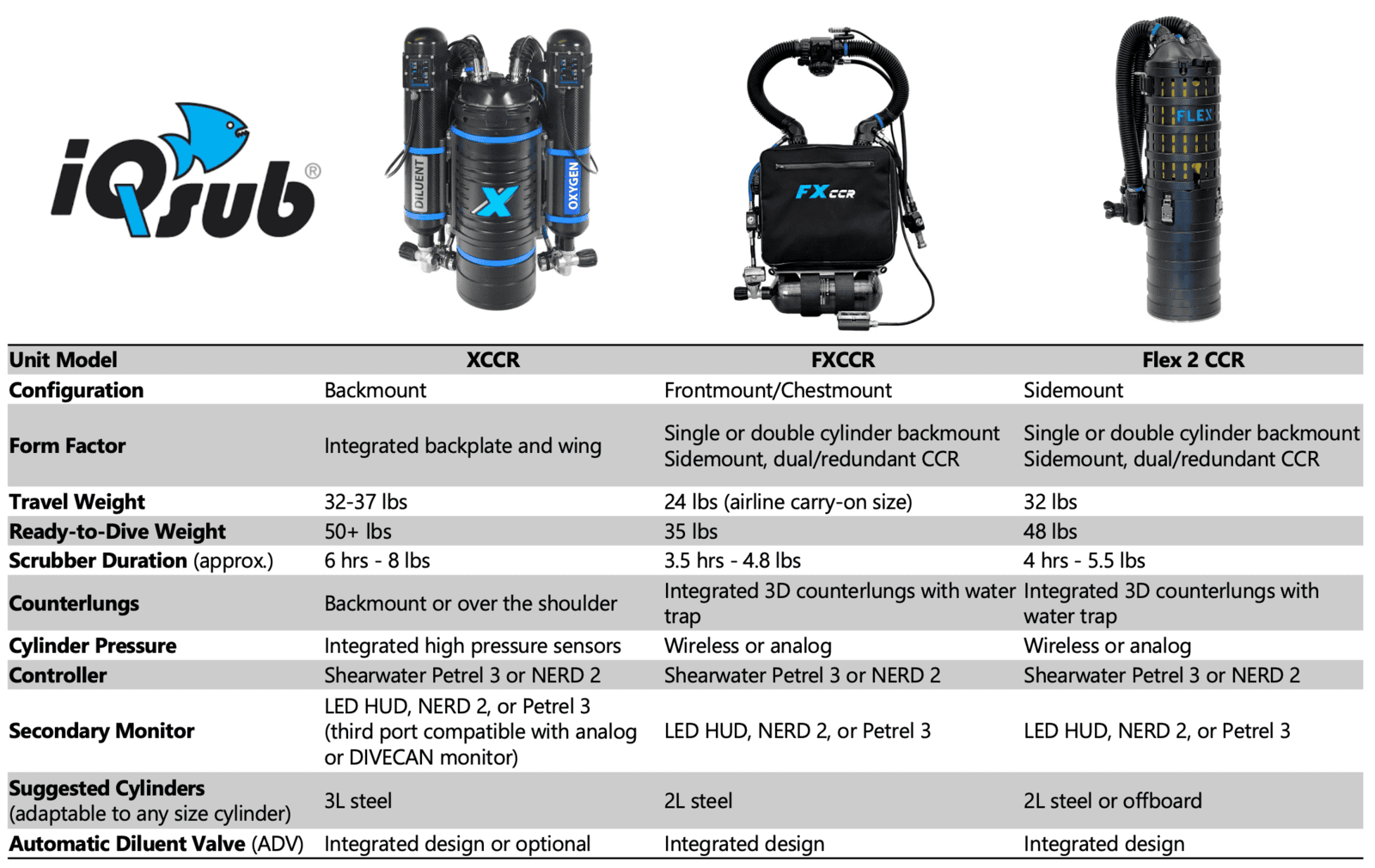
Frontmount - FX
Add this rebreather to your existing scuba unit - pack it as as carry-on item on your next trip!
Backmount - XCCR
This expedition-grade unit is a robust platform that meets the needs of nearly every environment. A great choice for beginners that will grow with you throughout your rebreather career.
Sidemount - Flex2
Need a dual rebreather or want to squeeze through a tight no-mount passage? Choose the Flex 2 for the most demanding dives.
Value of Training
Our success is measured by how often you dive after the course. We strive to make you as comfortable as possible before, throughout and after the training course.
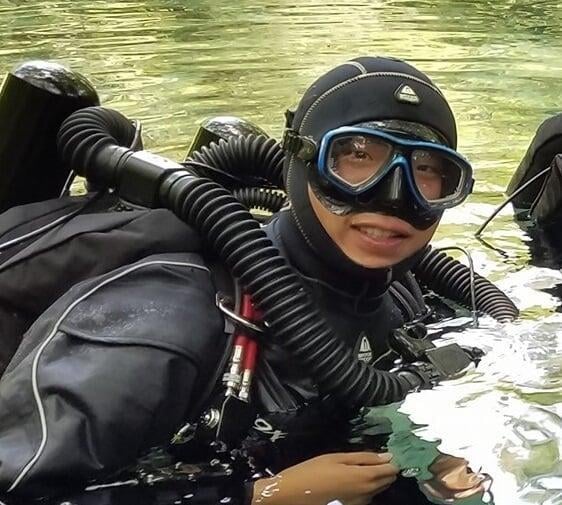
Jingyuan
Defender Helitrox Diver
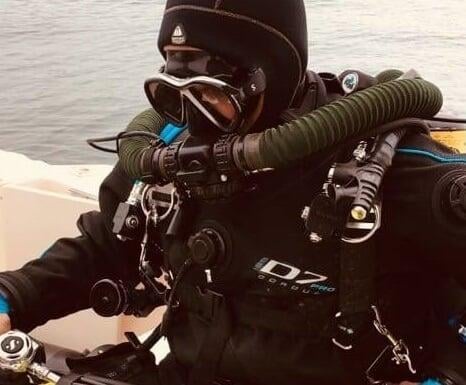
Kurt
XCCR Air Diluent Diver
The pace of this course was perfect for learning new skills.
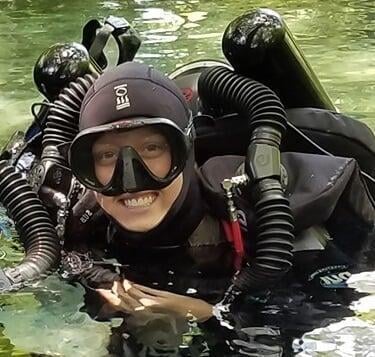
Leah
Defender Helitrox Diver
Anatomy of a Training Class
- Theory, unit build
- Confined Water
- Open Water
- Deeper
- Boat Dive
- Fun Dives
- 0700 - Breakfast and daily breifing
- 0800 - Final equipment prep and transport to site
- 0900 - 1700 In-water/land based/classroom training with lunch
- 1700 - Dive center for gas fills or equipment modification
- 1800 - Daily debrief and review of training/dives/tasks for next day
- 1900 - Dinner with inspiring discussions on peer's dream dives and past experiences

Required reading materials
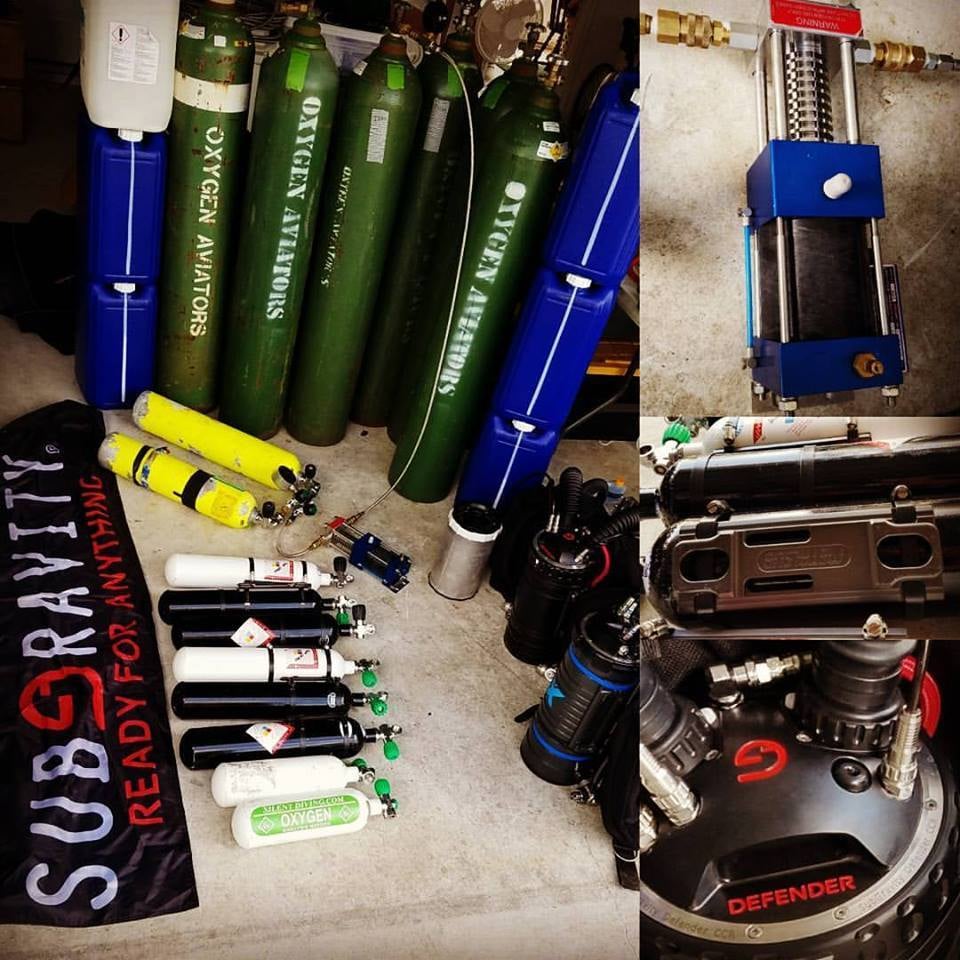
Required Equipment
- SubGravity Defender CCR or XCCR
- Two ways to monitor PPO2 and calculate deco
- Mask and backup mask with proper storage
- Fins(no split)
- Two line-cutting devices
- Jon line with clip and proper storage
- Wet notes and pencil
- Spool/Reel with a minimum of 40 metres / 130 feet of line
- Delayed surface marker buoy (DSMB) with a minimum of 12 kg / 25 lbs lift
- Exposure suit appropriate for the open water environment where training will be conducted
- Appropriate weight and proper storage
- Bailout gas supply with appropriate cylinders and regulators
- Suggested equipment: Backup everything
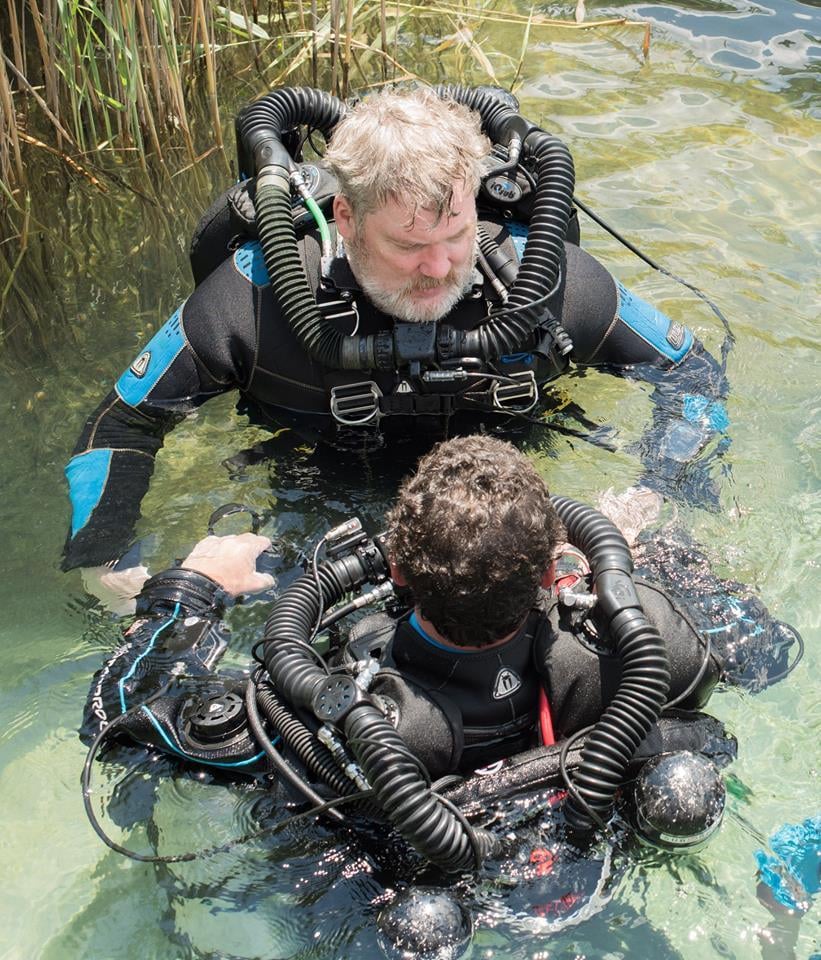
Which course is right for you?
After choosing a unit, depending on your previous experience, enroll in one of the following courses below.
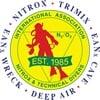
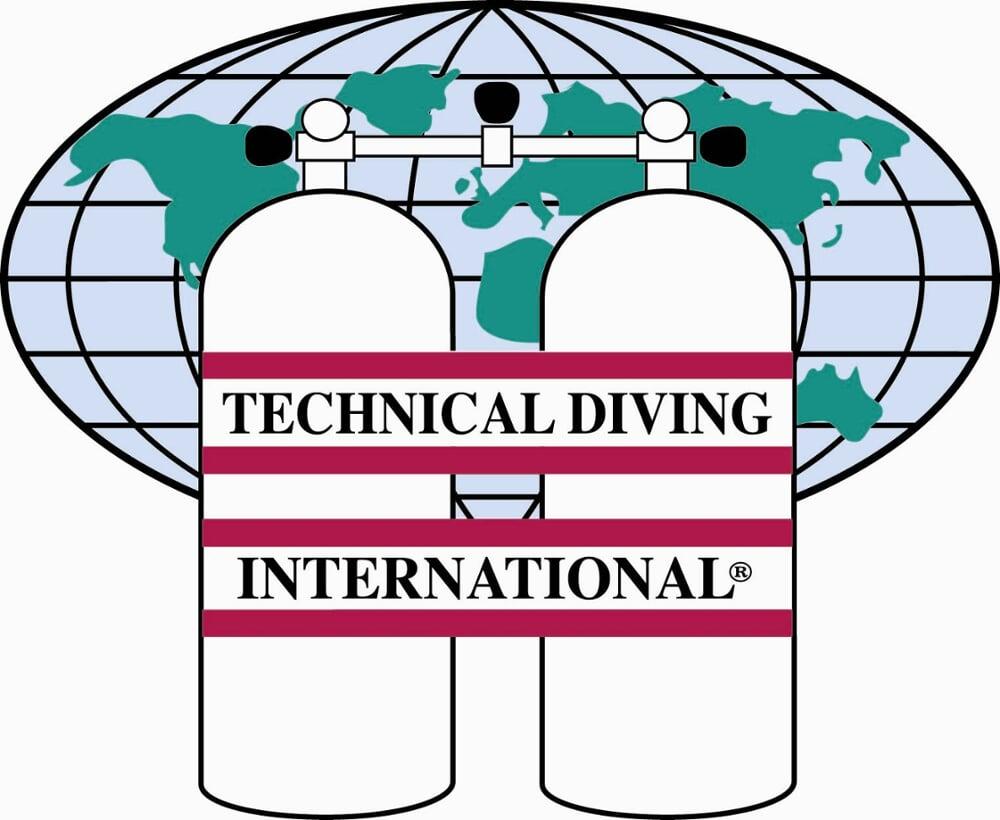


The table below outlines what is required for each training agency. It is noted using this format:
Course Name (# of deco minutes allowed/minimum # dives /# training minutes)
Note: If diver holds and open circuit equivalent certification, course requirements may be less
| IANTD Diver | Max Depth | TDI Diver |
| Recreational (0/4/300) | 70' | |
| Advanced Open Water (0/4/120) | 100' | Air Diluent (0/8/480) |
| Recreational Mixed Gas (0/6/400) | 130' | |
| CCR Diver (15/6/500) | 140' | |
Air Diluent Decompression (∞/4/240) Helitrox: <= 20% He and >= 21% O2 (∞/4/240 | ||
| Advanced Recreational Trimix (15/4/120) | 170' | |
| Normoxic (∞/4/300) | 200' | Mixed Gas: >= 16% O2 (∞/6/360) |
| Normoxic Plus (∞/2/110) | 233' | |
| Trimix (∞/4/330) | 330' | Advanced Mixed Gas (∞/7/420) |
| Expedition Trimix (∞/4/350) | 400' |
Costs
After the expense of buying a unit, your training should be the next priority. Our goal is to train with you until you no longer get things wrong, not simply until you get it right once. We gauge success by the creation and cultivation of active divers.
What is next?
Complete the following and soon you will be a closed circuit rebreather diver! Please contact us if you have any questions at all.

